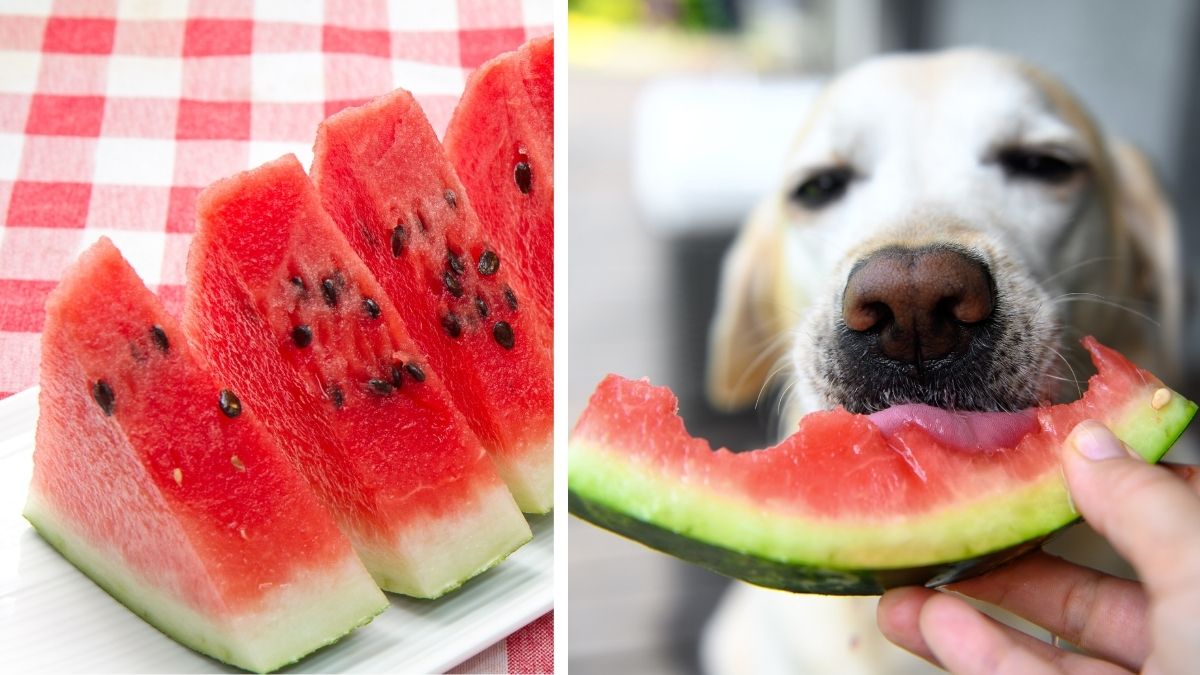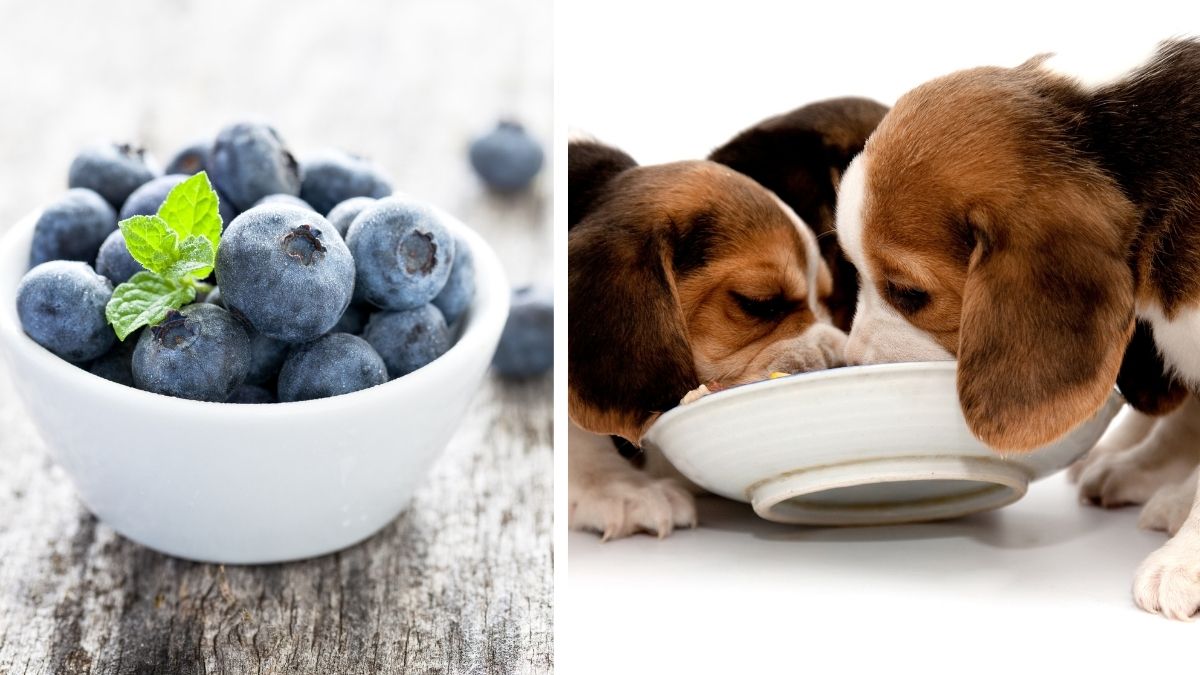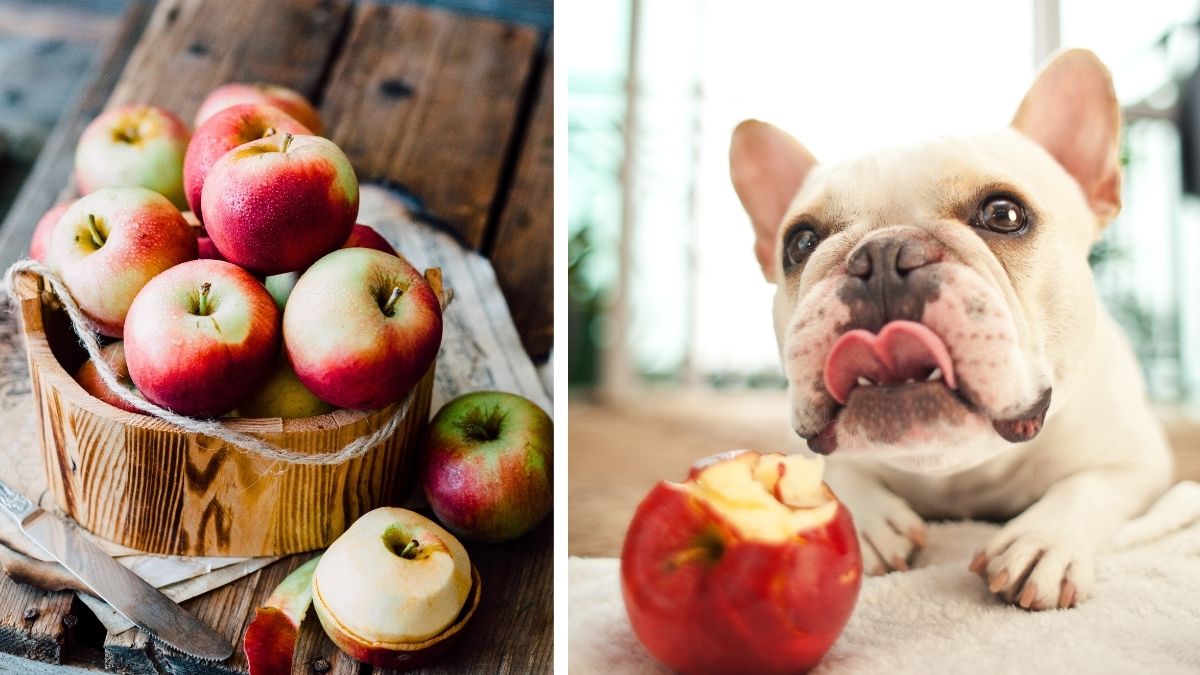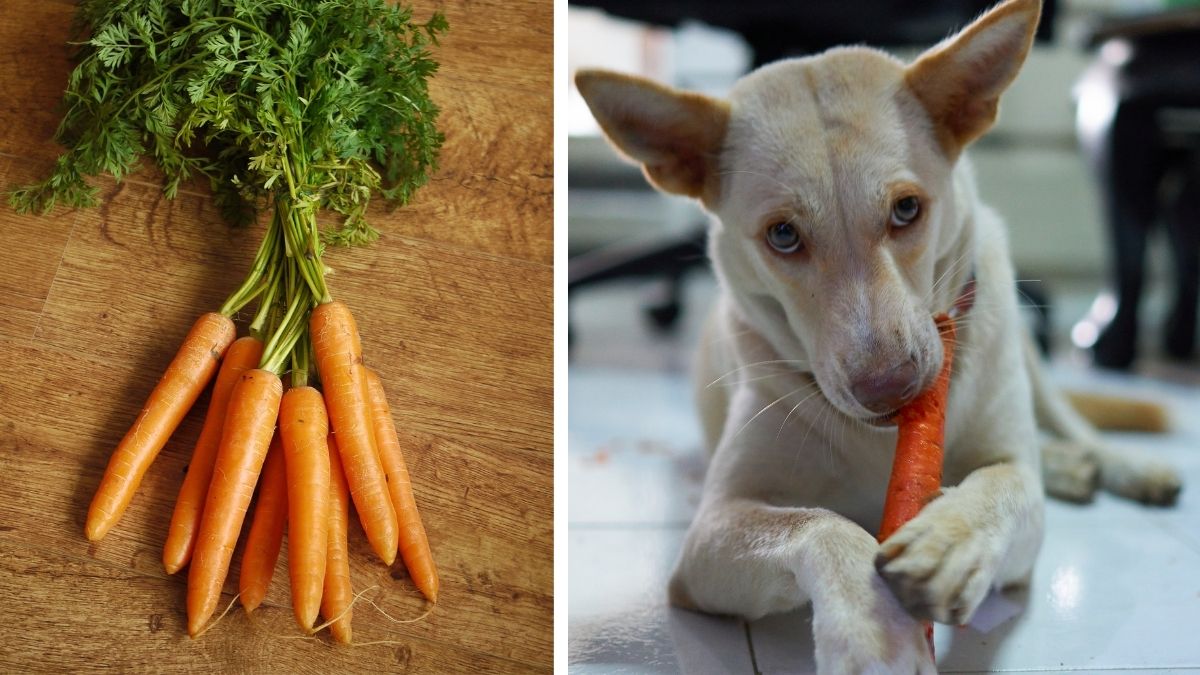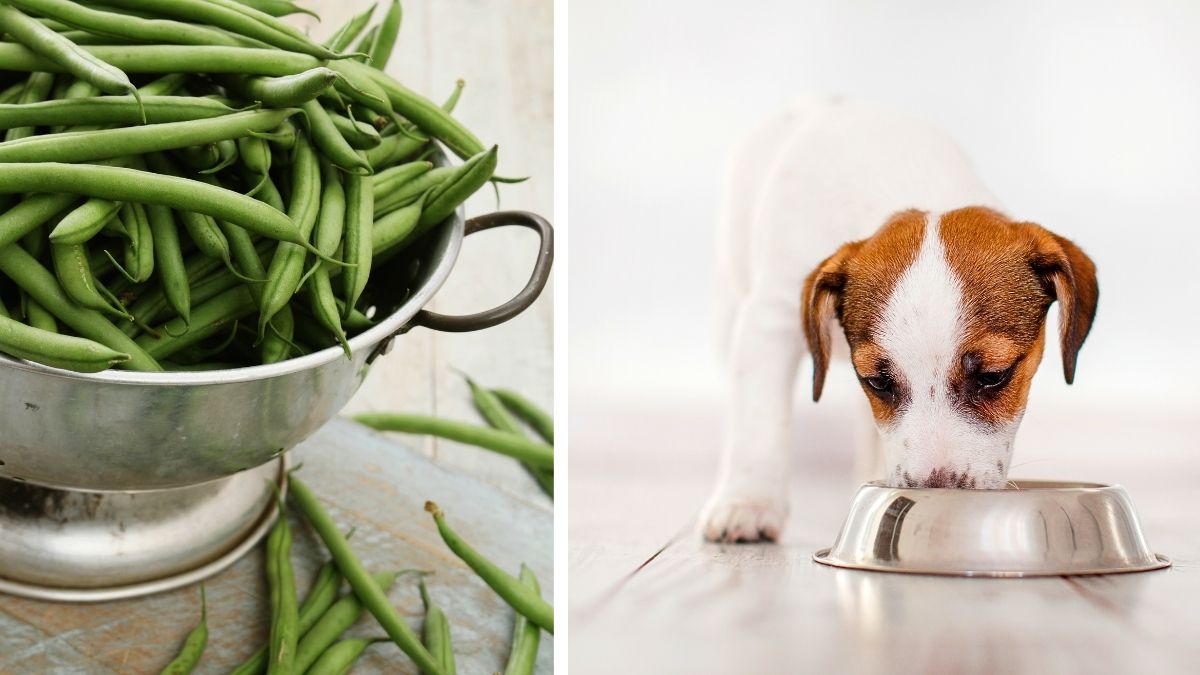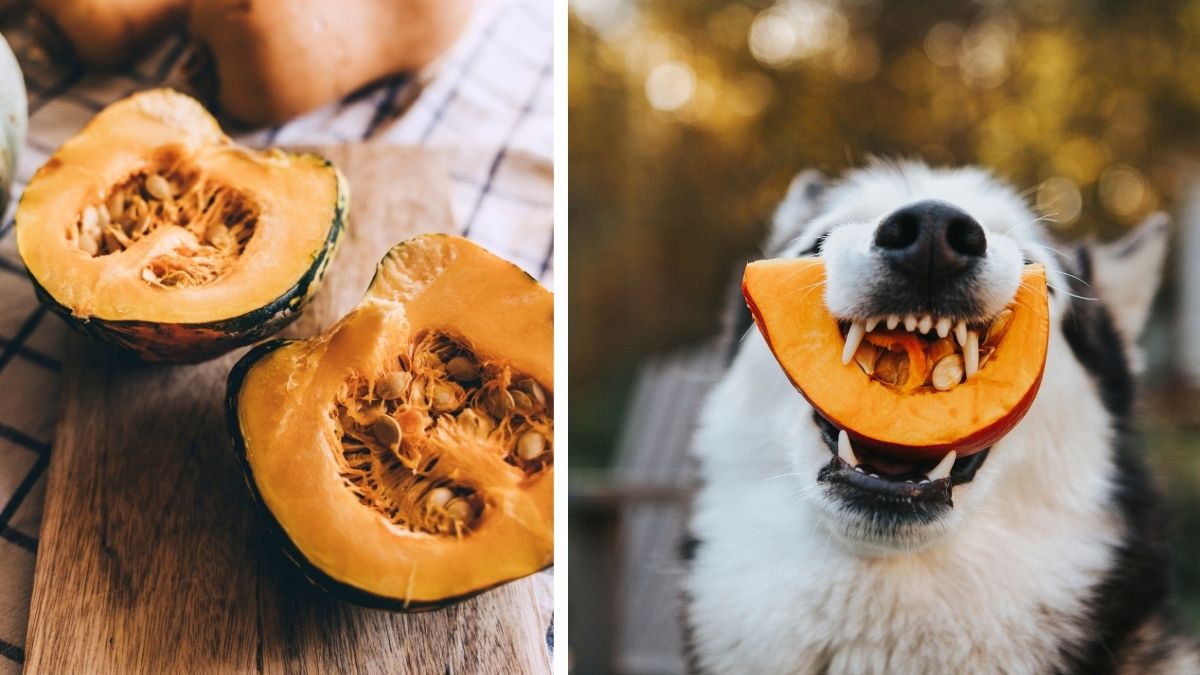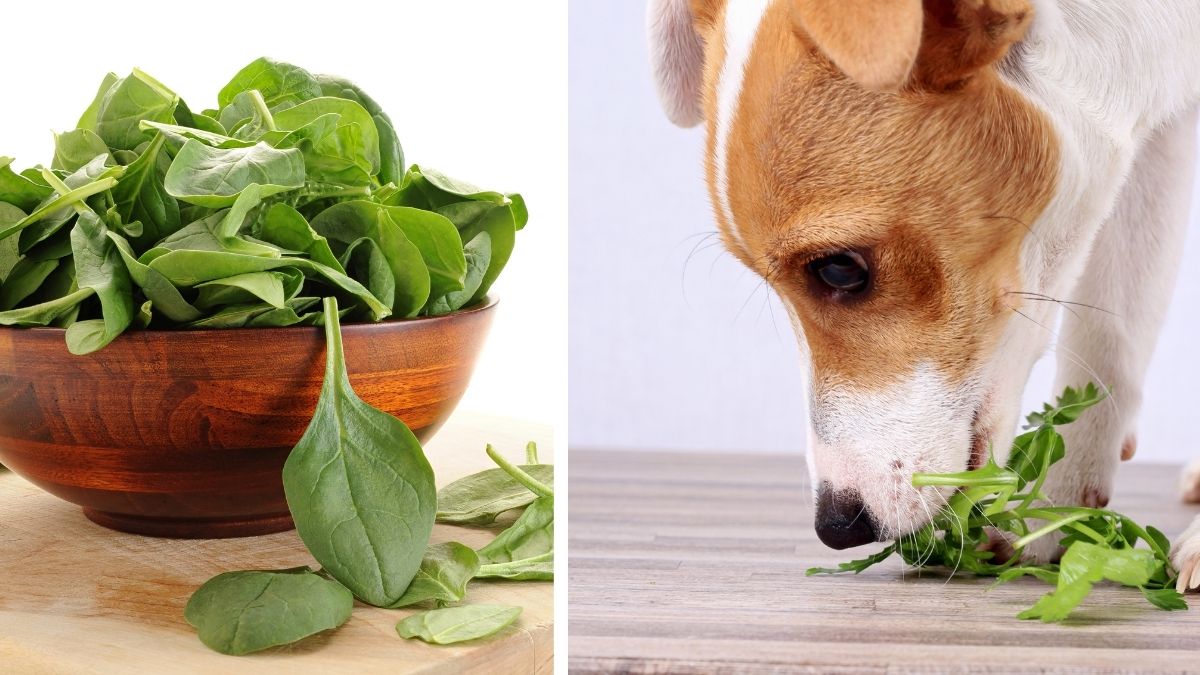Feeding dogs fruits and vegetables can be a great way to provide them with additional vitamins, minerals, and fiber. Many fruits and vegetables are safe and healthy for dogs when given in moderation. For example, carrots are excellent for their teeth and eyesight. Apples (without seeds) are a good source of vitamins A and C. Blueberries, which are high in antioxidants, can also be a beneficial treat.
However, it’s important to be aware that not all fruits and vegetables are safe for dogs. Grapes and raisins, for instance, can be toxic, and onions and garlic can cause gastrointestinal irritation and red blood cell damage in our canine friends. But as long as you do your research and consult your vet, incorporating the right fruits and vegetables can be a healthy addition to your dog’s diet. Below are some examples of the ones you can try.
10. Watermelon
Watermelon is a delicious and hydrating treat that is perfect for dogs during the hot summer months. Made up of over 90% water, watermelon helps keep your furry friend hydrated and cool. Additionally, watermelon is packed with vitamins A, B-6, and C, as well as potassium. When giving your dog watermelon, make sure to remove the seeds and rind, as they can cause digestive issues or even pose a choking hazard.
How to Feed: Create watermelon popsicles by pureeing watermelon flesh and pouring it into ice cube trays. Freeze and offer these refreshing cubes to your dog on a hot day.
9. Blueberries
Blueberries are a small yet powerful fruit that dogs absolutely adore. Known for being rich in antioxidants, blueberries help prevent cell damage and boost your dog’s overall health. These berries are also an excellent source of fiber and vitamin C. Another fun way to serve blueberries is by freezing them, which makes for a cool treat that can especially help during training sessions.
How to Feed: Make a blueberry “trail mix” by mixing frozen blueberries with a small amount of plain, unsweetened yogurt and a few pieces of your dog’s regular kibble. This combination can be used as a fun training treat.
8. Apples
Apples are a versatile treat for dogs, providing them with dietary fiber, vitamins A and C, and antioxidants. They’re particularly good for maintaining a healthy heart and even help in keeping your dog’s teeth clean. Just remember to remove the core and seeds before serving, as apple seeds contain small amounts of cyanide which can be harmful.
How to Feed: Slice apples into thin rings and bake them at a low temperature to make apple chips. These crunchy treats are great for dogs who enjoy a bit of texture in their snacks.
RELATED: 15 Billionaire Dogs And The Lives They Live
7. Carrots
Carrots make for a crunchy, low-calorie snack that is high in fiber and beta-carotene, which is converted into vitamin A. This nutrient is essential for maintaining good vision and a glossy coat. Moreover, chewing on carrots can help clean your dog’s teeth and gums, promoting better oral health.
How to Feed: Grate carrots and mix them into your dog’s regular food. The small pieces add a fresh, crunchy texture and are less likely to be picked out by fussy eaters.
6. Green Beans
Green beans are a fibre-rich vegetable that is not only safe but also highly beneficial for dogs. They are low in calories and packed with essential minerals and vitamins like A, B, C, and K. They also help in weight management and can be a great addition to a dog’s diet, especially for those needing to shed a few pounds. Ensure they’re plain and free from added salts.
How to Feed: Blend cooked green beans with a small amount of low-sodium chicken broth to create a green bean puree. Serve it as a tasty topper for your dog’s regular meals.
5. Pumpkin
Pumpkin is a fantastic source of dietary fiber and beta-carotene (a precursor to vitamin A). Known for its digestive benefits, pumpkin can relieve both diarrhea and constipation in dogs. While canned pumpkin or pumpkin puree is convenient, always ensure it contains no added sugars or spices.
How to Feed: Fill a Kong toy with canned pumpkin and freeze it. This will keep your dog entertained and provide a healthy treat that aids in digestion.
RELATED: 10 Signs Your Dog is Feeling Neglected
4. Cantaloupe
Cantaloupe is a nutrient-dense fruit that is great for hydrating your dog during summer. Loaded with vitamins A and C, as well as antioxidants, cantaloupe can benefit your dog’s immune system and overall health. Just make sure to remove the seeds and rind before feeding it to your dog.
How to Feed: Scoop out small cantaloupe balls using a melon baller and mix them with a few pieces of your dog’s favorite crunchy treats. The mix of textures can entice even the pickiest eaters.
3. Strawberries
Strawberries are another sweet and nutritious treat for dogs. They are rich in fiber and vitamin C, and also contain an enzyme that can help whiten your dog’s teeth as they eat. However, due to their natural sugar content, strawberries should be given in moderation.
How to Feed: Mash strawberries and spread them thinly on a silicone mat, then freeze. Break off pieces of this strawberry “bark” as a cool, fruity snack.
RELATED: Top 10 Healthiest Dog Food Brands Your Dog Must Try
2. Spinach
Spinach is a leafy green vegetable that is full of antioxidants, iron, and vitamins like A, B, C, E, and K. While spinach is beneficial, it should be given in moderation due to its high oxalate content, which can interfere with calcium absorption and potentially lead to kidney problems.
How to Feed: Blend fresh spinach with a bit of water and pour the mixture into an ice cube tray. These spinach ice cubes can be added to your dog’s water bowl for a nutritious and refreshing boost.
1. Sweet Potatoes
Sweet potatoes are another fantastic vegetable, rich in vitamins A, C, and B6, as well as minerals like manganese and potassium. They also offer a good amount of dietary fiber, which is great for your dog’s digestive health. These root veggies can be served boiled, steamed, or baked—as long as they are plain without any added sugars or seasonings.
How to Feed: Slice sweet potatoes into thin rounds and dehydrate them to make chewy sweet potato jerky. This treat is not only tasty but also long-lasting for dogs who love to chew.

